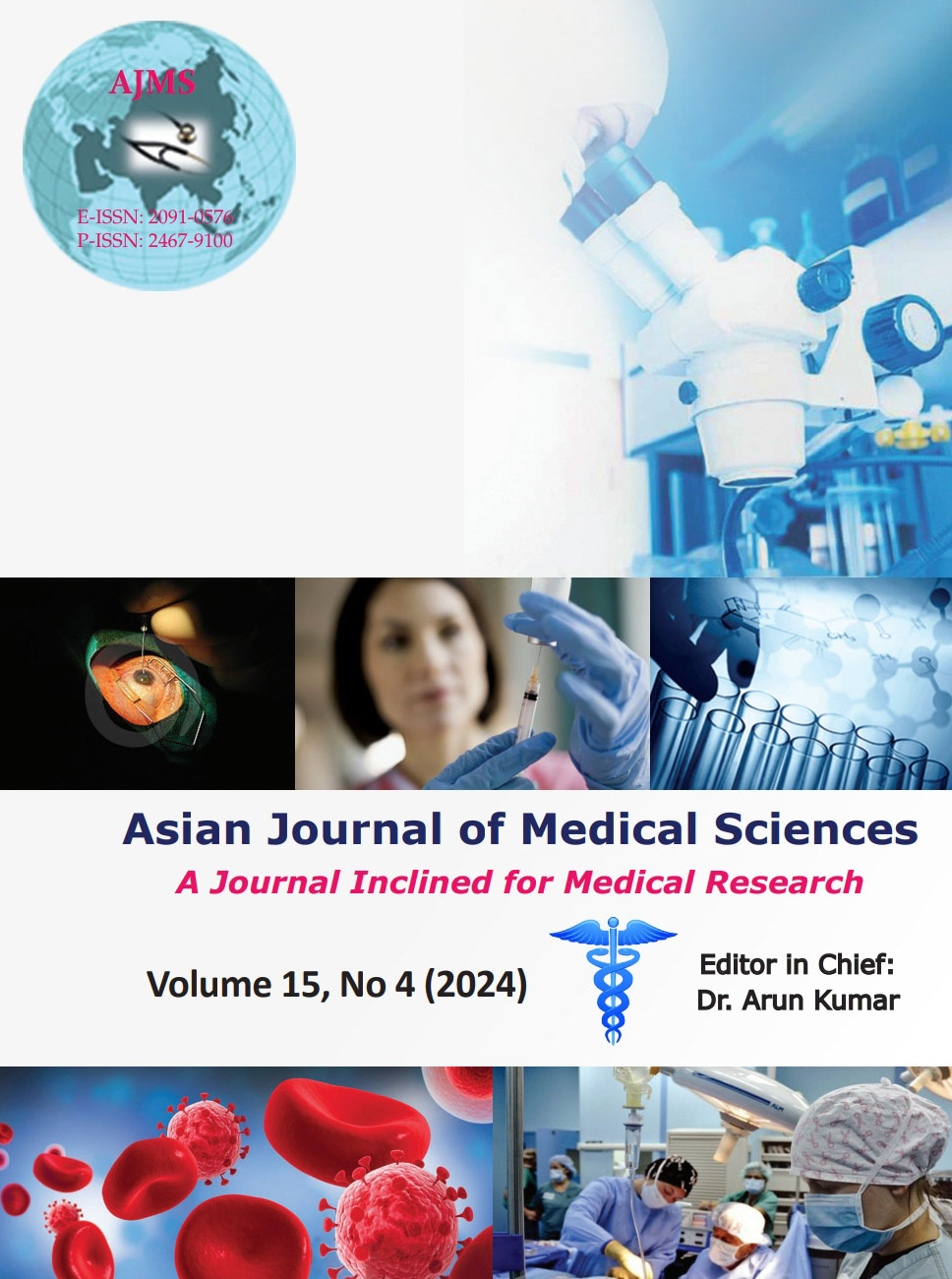Effect of maternal pre-pregnancy body mass index and gestational weight gain on birth weight and gestational age: An observational cross-sectional study
Keywords:
Pre-pregnancy body mass index; Gestational weight gain; Birth weightAbstract
Background: Studies show that pre-pregnancy body mass index (ppBMI) and gestational weight gain (GWG) are associated with birth weight (BW), gestational age (GA), and neonatal morbidities. Higher BW leads to metabolic syndrome. Preterm and low BW (LBW) have short and long-term morbidities. Monitoring ppBMI and GWG is necessary as these are modifiable risk factors for obesity. In this study, we revisited these findings in an Indian scenario.
Aims and Objectives: The primary objective is to study the association of BW and GA with ppBMI and GWG. The secondary objective is to study the association of ppBMI and GWG with cesarean section (CS), infant size, and early neonatal intensive care unit (NICU) requirement.
Materials and Methods: This observational cross-sectional study was conducted over 1 year with 230 mothers, after Institutional Ethics Committee approval and informed consent. Data were collected using predesigned pro forma and analyzed by SPSS. Digital weighing scales, stadiometer, and fenton growth charts were used.
Results: We found a positive linear correlation of ppBMI and GWG with BW. Obesity and excess GWG were associated with higher BW, large for GA, CS, and NICU stay. Overweight had more CS. Underweight and less GWG had a greater risk of LBW, preterm, and NICU stay. Less GWG had more small for GA.
Conclusion: GWG and ppBMI are determinants of BW, GA, and neonatal morbidities. Further studies should focus on exercise and nutrition in pregnant and reproductive age women so that healthy babies with low-risk of obesity, metabolic syndrome, and neurodevelopmental disabilities are born.
Downloads
Downloads
Published
How to Cite
Issue
Section
License
Copyright (c) 2024 Asian Journal of Medical Sciences

This work is licensed under a Creative Commons Attribution-NonCommercial 4.0 International License.
Authors who publish with this journal agree to the following terms:
- The journal holds copyright and publishes the work under a Creative Commons CC-BY-NC license that permits use, distribution and reprduction in any medium, provided the original work is properly cited and is not used for commercial purposes. The journal should be recognised as the original publisher of this work.
- Authors are able to enter into separate, additional contractual arrangements for the non-exclusive distribution of the journal's published version of the work (e.g., post it to an institutional repository or publish it in a book), with an acknowledgement of its initial publication in this journal.
- Authors are permitted and encouraged to post their work online (e.g., in institutional repositories or on their website) prior to and during the submission process, as it can lead to productive exchanges, as well as earlier and greater citation of published work (See The Effect of Open Access).




